Ford Kuga Estate (2012-2020) review
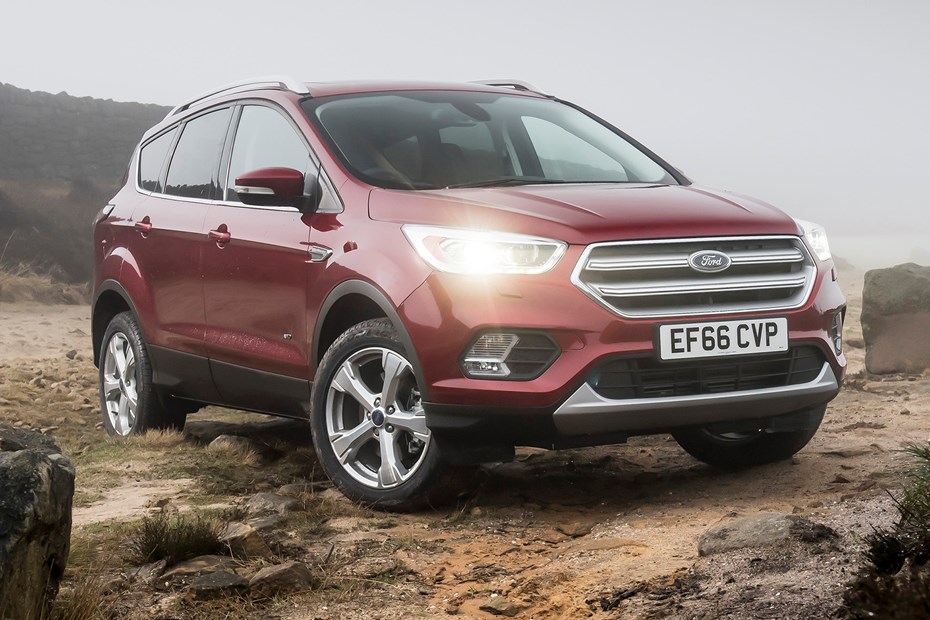
At a glance
| Price new | £20,100 - £37,340 |
|---|---|
| Used prices | £2,091 - £16,951 |
| Road tax cost | £35 - £345 |
| Insurance group | 14 - 27 |
Get an insurance quote with

|
|
| Fuel economy | 28.5 - 46.3 mpg |
| Range | 409 - 792 miles |
| Miles per pound | 4.2 - 5.9 |
| Number of doors | 5 |
| View full specs for a specific version | |
Available fuel types
Petrol
Diesel
Pros & cons
- Great to drive
- Relatively cheap to run
- Lots of safety systems
- Ride is on the firm side
- Media system lags behind rivals
- Not as capable off-road as looks suggest
Ford Kuga (12-20) rivals
Overview
The Ford Kuga Mk2, introduced in 2012, was a best-seller throughout its production run and remains exceptionally popular as a used car. The sheer number of them on the road reflects how well Ford hit the needs of Britain’s families and drivers; to put its success into context, the first generation Ford Kuga sold about 50,000 units in five years. The second generation consistently sold close to 50,000 examples every year.
For second hand car buyers the Ford Kuga Mk2 is a safe and solid option for families looking for an SUV that’s good to drive, but not fragile or too expensive to run. It sits between the EcoSport and Edge in the company’s SUV range, and shares some engineering with the Range Rover Evoque and Volvo V40 Cross Country.
This was a febrile period for the automotive industry however, and there are plenty of worthy alternatives to the Kuga waiting in the second hand showrooms. Rivals including the Volkswagen Tiguan, Skoda Karoq and SEAT Ateca from the VW Group, as well as the Peugeot 3008, Vauxhall Grandland X, Kia Sportage, Hyundai Tucson, Mazda CX-5 and Honda CR-V.
Used Ford Kuga Mk2 buying guide
We’d start by looking for the facelifted 2016-on Kuga Mk 2.5. Easily spotted due to styling changes that made it consistent with the rest of the Ford line-up, it benefits from much-needed alterations to the interior to reduce the number of buttons. It also features the relatively advanced and user-friendly Ford Sync3 infotainment system.
Most buyers will be happy with the 1.5-litre 150hp diesel with front-wheel drive, but we would recommend the 2.0-litre 180hp diesel with all-wheel drive if you want to tow with the Kuga. The 150hp 1.5-litre petrol is also a good choice at higher mileages – the 182hp model is paired with an automatic only.
If you want a 4x4, there are plenty of examples available in everything from the well-equipped but entry-level Zetec, up to the ST-Line X and Vignale – you don’t need the poshest Kuga to have AWD. Look for cars that have been maintained on the annual service basis when planning which ones to view.
Ford Kuga (2012-2020) known faults and common problems
1. Service history – all models
As mentioned above, Ford offer service plans with intervals of one or two years. A lot of ex-lease cars will have been put on the cheapest plan, if they got serviced at all in the first three years, so you want to see evidence of the service history. Ford switched to digital service records in 2022, but many dealers still provide itemised invoices for maintenance. Timing belts are due at 10-year intervals or 125,000 miles (120,000 miles on Vignale).
When looking at the paperwork check that the VIN, registration and mileage match and make sense for the car you are looking at. Many popular fleet cars end up being clocked before their first MOT and the end of the lease to avoid incurring excess mileage charges.
On older Kugas, mileage correction may have been performed when replacing a defective instrument cluster. If in doubt, get an expert to check the counters in all ECUs, as amateur attempts at clocking a car change only the cluster – enough the lease firm or pass off a car to a buyer, but if a part fails that should be covered by warranty Ford will find the discrepancy.
2. Ford Kuga AWD models – 4x4 service history
Although newer AWD systems are more robust and sophisticated, it’s still worth checking the history to see if tyres have been replaced in sets of four, or at the very least as a matched pair if one has been damaged and the opposite tyre had a lot of wear. Uneven wear puts extra load on the transmission when 4x4 is in use.
There are reports of dealers overlooking maintenance on more complex Kugas even when it’s in the schedule. AWD systems need fluid and filter changes around 40,000 miles or five years. You may find Volvo dealers are better informed for AWD problems.
3. Automatic models – Powershift services
The Powershift automatic gearbox is not very robust, and we’d be very careful buying a higher-mileage example. It should be serviced every three years or 37,500 miles on annual service plans, or four years / 36,000 miles on the two-year extended service plan. Take a pragmatic view – if the car you are testing drives smoothly and behaves as expected, budget to have the gearbox oil and filter changed immediately. Consider buying a third-party warranty if the car isn’t covered by Ford’s approved-used scheme.
4. High-mileage diesel engines – leaks, DPF and oil contamination
Ford’s diesels will ask for regeneration of the DPF quite obviously, via the dashboard display, so you would think that owners would pay heed and let the car burn off the soot. That doesn’t always happen, and like all diesels of this era the process of dumping fuel to heat the filter can dilute oil and cause more issues. We would favour higher mileage, well maintained approved-used examples over a low mileage older diesel, as they are likely to have covered more motorway miles.
5. Automatic models – Ford Powershift problems
The Ford Powershift gearbox has a poor reputation in the trade and a nickname that sounds almost the same. Try it on hills, reversing, and under hard acceleration, and use the manual override. Any shuddering, jerky or harsh shifts, or hesitation other than pulling away from a standstill suggest the gearbox is past its best.
A lot of the issues are down to lack of maintenance – it needs clean oil, regularly changed, to keep the sensors and dual-clutches working. While it is theoretically similar to the VW DSG, it has not been as reliable in service.
6. Check for accident repairs – and fire damage
In addition to the checks you’d normally perform looking for mismatched paint, overspray and badly-fitting panels, pay particular attention to the bonnet, below the windscreen, and the dashboard top and windscreen. 1.6-litre models were recalled to improve the coolant level sensing, as overheating could cause the cylinder head to crack resulting in oil spillage and fire.
It’s worth looking over the car for damage generally, as many Kugas have a tough life in towns full of kerbs, potholes and cramped car parks. The optional door edge protectors were designed for a reason!
7. Electrical issues – fuseboxes and alarms
Before diagnosing any issue with a modern car, such as the Kuga, it’s important to make sure the battery is in perfect health. However, the Kuga Mk2 shares a weakness with its predecessor – the alarm system’s backup battery can fail and drain the main car battery. This is then exacerbated by the need to program the new battery to the car.
Remote key batteries fail quickly on keyless models – they’re easy to change. Check the fuseboxes for damp, and make sure any trailer wiring has been done properly – if there’s a nest of joined up wiring in the boot and lots of spliced connections, look for another car or get a big discount to cover the inevitable repairs.
8. Manual gearbox – jumping out of gear
If the car jumps out of gear it’s a sign of worn synchromesh or selectors, and it’s not uncommon. Accelerate hard in first and second, and it may drop into neutral. There are a number of possible causes, but the potential that you may need a gearbox rebuild means you should avoid a car that does this.
9. Early 1.5-litre EcoBoost problems
Later petrol Kugas have proven reliable so far, but early EcoBoost models are affected by bad coolant expansion bottles (which should have been replaced), a tendency to develop misfires, and teething trouble with the ‘wet’ timing belt. There’s also a higher chance of head gasket failure on the early EcoBoost, though this is likely to be worse if the cooling system has not been modified.
10. Ford Sync3 – updates and repairs
Check the radio and infotainment system is working. On early models the DAB radio is known to fail, but it’s easy to fit an aftermarket unit. Later cars with more integrated Ford Sync3 should receive over-the-air updates for software when connected to a WiFi hotspot, and can have their maps easily upgraded as well.
You may find cars built around the crossover periods of mid-2014 and 2016, during Euro 6 and the Mk2.5 facelift, have a mixture of specifications. It doesn’t necessarily mean something underhand has happened – Ford often introduced facelift trim while using up older engines, and vice-versa.
What’s the Ford Kuga Mk2 like to live with?
Over the next few pages, we’ll review each aspect of the Ford Kuga Mk2, taking into account its practicality, comfort, fuel economy and performance. If you’re short on time, you can also skip to our verdict page to see if we recommend buying a used 2012-2020 Ford Kuga.



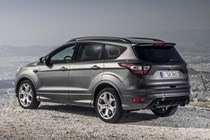

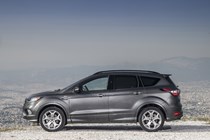
.jpg)
.jpg)
.jpg)
.jpg)
.jpg)
.jpg)
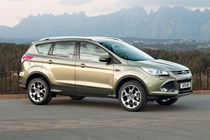
.jpg)
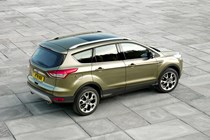
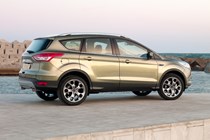
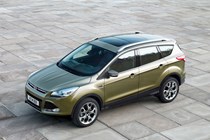
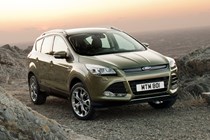
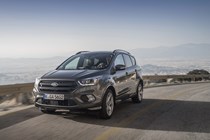
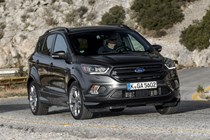
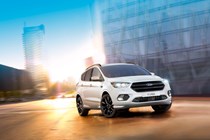
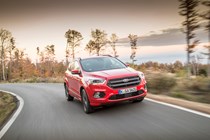
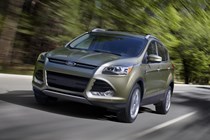
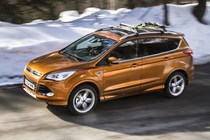

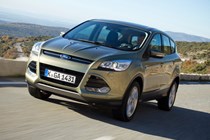
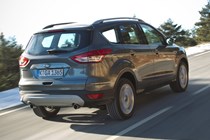
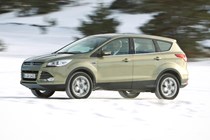
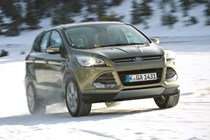

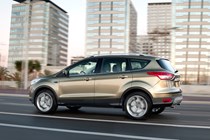


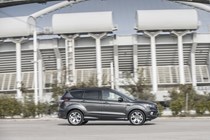

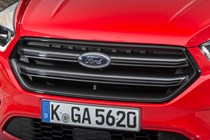
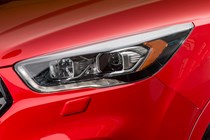
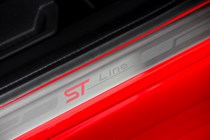
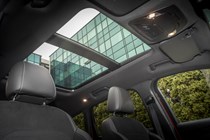

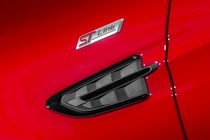
.jpg)
.jpg)
.jpg)
.jpg)
.jpg)
.jpg)
.jpg)
.jpg)
.jpg)
.jpg)
.jpg)
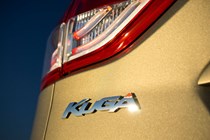
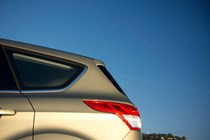


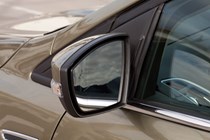
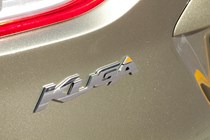
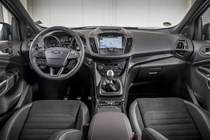
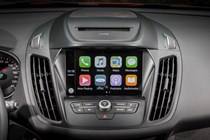
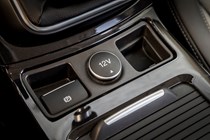
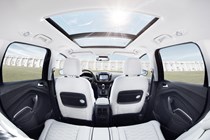
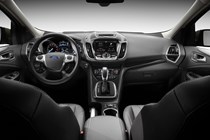
.jpg)
.jpg)
.jpg)
.jpg)
.jpg)
.jpg)
.jpg)
.jpg)
.jpg)
.jpg)
.jpg)
.jpg)
.jpg)
.jpg)
.jpg)
.jpg)
.jpg)
.jpg)
.jpg)
.jpg)
.jpg)
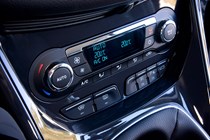
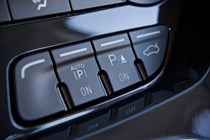
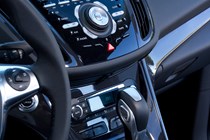
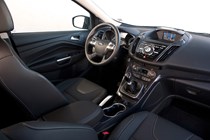
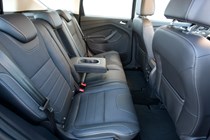
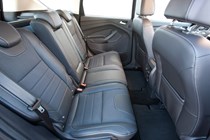
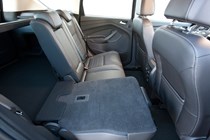
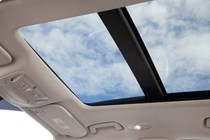
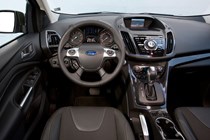
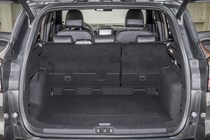
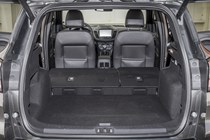
.jpg)
.jpg)
.jpg)
.jpg)
.jpg)
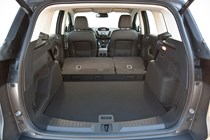
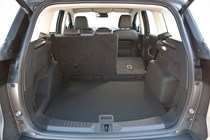
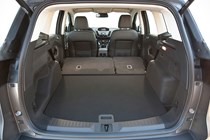
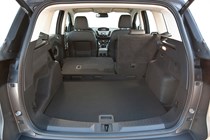
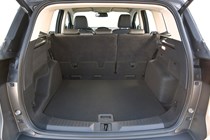
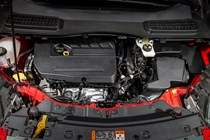
.jpg)
.jpg)
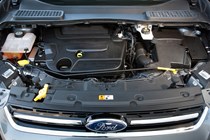
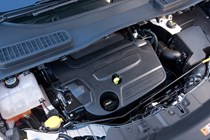
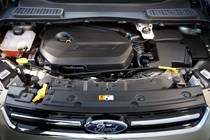

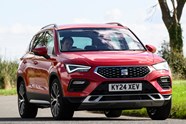
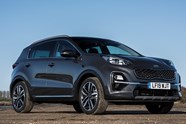







.jpg?quality=50)
.jpg?quality=50)
.jpg?quality=50)
.jpg?quality=50)
.jpg?quality=50)
.jpg?quality=50)

.jpg?quality=50)



























.jpg?quality=50)
.jpg?quality=50)
.jpg?quality=50)
.jpg?quality=50)
.jpg?quality=50)
.jpg?quality=50)
.jpg?quality=50)
.jpg?quality=50)
.jpg?quality=50)
.jpg?quality=50)
.jpg?quality=50)











.jpg?quality=50)
.jpg?quality=50)
.jpg?quality=50)
.jpg?quality=50)
.jpg?quality=50)
.jpg?quality=50)
.jpg?quality=50)
.jpg?quality=50)
.jpg?quality=50)
.jpg?quality=50)
.jpg?quality=50)
.jpg?quality=50)
.jpg?quality=50)
.jpg?quality=50)
.jpg?quality=50)
.jpg?quality=50)
.jpg?quality=50)
.jpg?quality=50)
.jpg?quality=50)
.jpg?quality=50)
.jpg?quality=50)











.jpg?quality=50)
.jpg?quality=50)
.jpg?quality=50)
.jpg?quality=50)
.jpg?quality=50)






.jpg?quality=50)
.jpg?quality=50)



